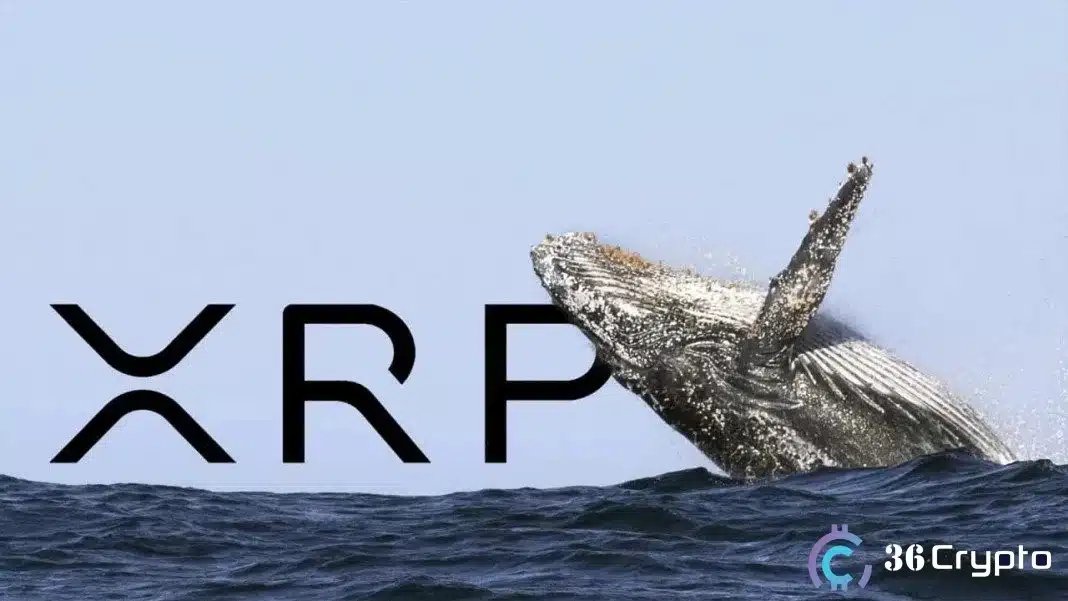The Rise of Self-Healing Web Apps
For decades, the web has been fragile. A single JavaScript error could freeze a page, a missing API could break a feature, or a slow network could ruin the experience. Users refresh, developers debug, and everyone loses time.
But in 2025, we’re entering a new era: self-healing web applications.
These are apps designed to recover from errors automatically, adapt to changing environments, and keep functioning even when parts of the system fail.
What Is a Self-Healing Web App?
A self-healing app doesn’t just catch errors—it actively works around them.
Examples:
- If a network request fails, it queues the action and retries when connectivity is restored.
- If a React component crashes, an error boundary swaps in a fallback UI instead of a white screen.
- If an API endpoint goes down, the app gracefully downgrades to cached or partial data.
- If the layout breaks, the app can auto-adjust styling for different screen sizes or devices.
It’s like having an immune system for your web application.
Why This Matters
- User Trust – Users don’t care why something broke. They just want it to work.
- Global Scale – Apps now serve millions across unstable networks. Reliability is a feature.
- AI Assistance – Modern tools allow apps to “reason” about failures and suggest fixes.
- Resilience by Design – Instead of hoping things don’t fail, we assume they will—and prepare.
Techniques for Building Self-Healing Apps
- Error Boundaries in Frontend
- React and Vue offer ways to catch rendering errors and display fallback UIs.
- Retry + Backoff Strategies
- Instead of failing instantly, apps can retry requests with exponential delays.
- Service Fallbacks
- Use alternate APIs, cached results, or local computation when a service is unavailable.
- Feature Flags
- Dynamically disable broken features without redeploying the whole app.
- AI-Driven Debugging
- Tools that detect common coding errors and patch them on the fly (a growing field).
Real-World Example
Bad App Behavior:
fetch("/api/profile") .then(res => res.json()) .then(data => renderProfile(data)); If the API fails → ❌ White screen.
Self-Healing Behavior:
async function loadProfile() { try { const res = await fetch("/api/profile"); return await res.json(); } catch (err) { console.warn("API failed, loading cached profile..."); return localStorage.getItem("profile") || { name: "Guest" }; } } Now the app shows cached data instead of breaking. The user never sees an error.
The Future of Web Resilience
In the near future, self-healing will be standard practice:
- Browsers might auto-patch runtime issues.
- AI-assisted frameworks could suggest recovery strategies in real time.
- Entire frontends may evolve toward fault-tolerant, distributed systems.
Tomorrow’s most successful apps won’t be the flashiest. They’ll be the ones that just keep working—even when things go wrong.
You May Also Like

Nasdaq-listed crypto treasury GD Culture to add 7,500 BTC after Pallas Capital acquisition closes

Whales Dump 200 Million XRP in Just 2 Weeks – Is XRP’s Price on the Verge of Collapse?
